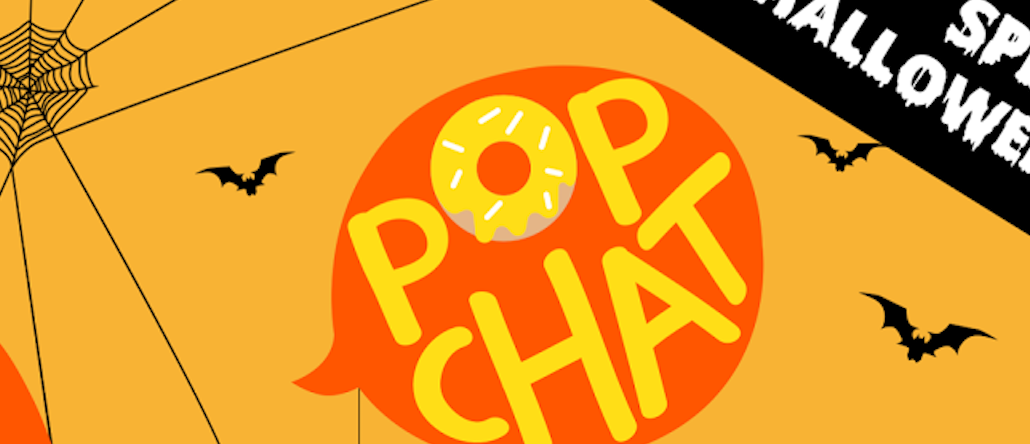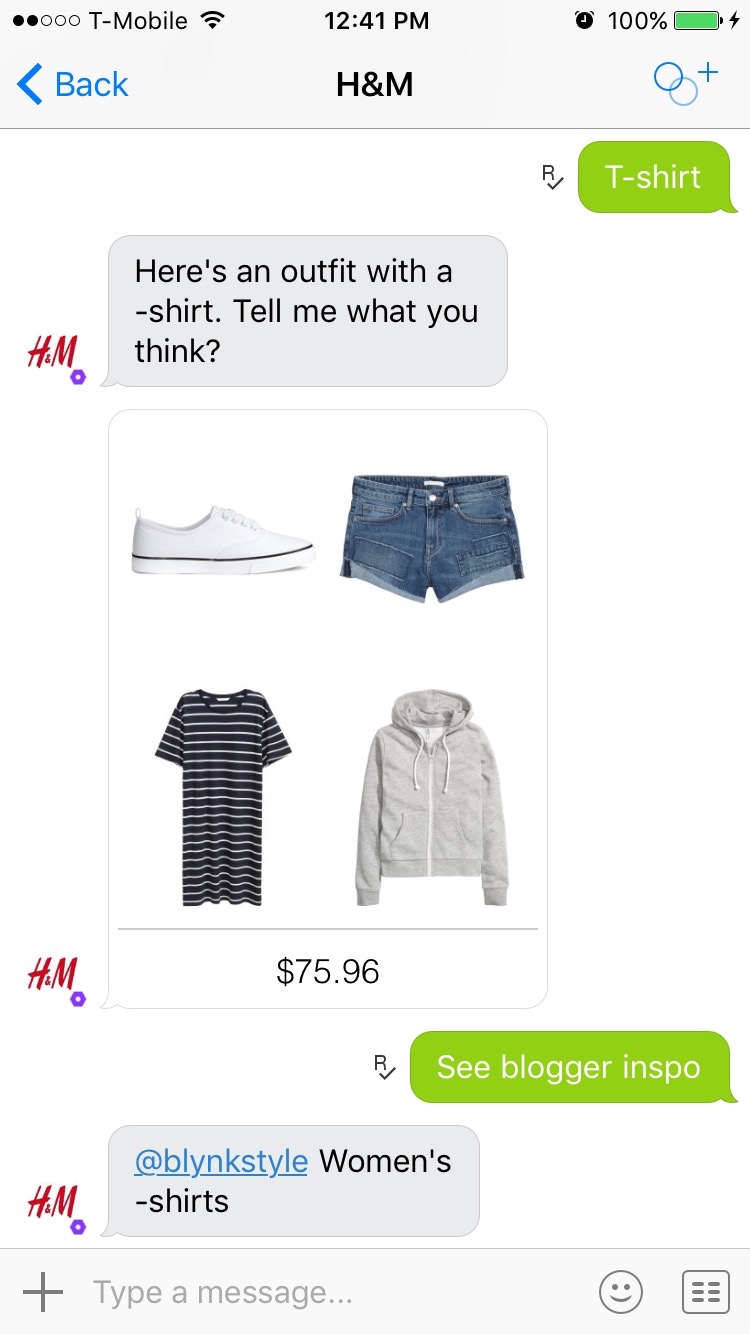

With more than 1 million users, Roll has become the second-most-popular chatbot on Kik — which itself has around 300 million registered users, mostly teens. It is a side project developed by Ryan Kelly, data analyst for Kik, and Kevin McGaire, former web developer at the company back in July of this year.
Roll doesn’t really do much. It comes equipped with a set of questions (“Am I pretty?” or “Should I order pizza rn?” or “Who has been lurking in my insta?”). A user chooses from the questions, and Roll supplies an answer like a digital magic 8-ball, seemingly tailored to the user. It’s best when used during group chats, so Roll can answer specifically which of your friends “dabs way too much.” Hilarity ensues.
For now, Roll is just an experiment for Kik. But it shows what brands could potentially do to make their own bots stand out on the platform, which already has 20,000 chatbots, with around 150 listed in its official Bot Shop. The average U.S. teen on Kik engages in 6.1 chat sessions a day, at 12.7 minutes per chat session, and users who interact with bots spend 32 percent more time chatting on Kik than non-bot users, according to the company.
The key to a successful bot, according to Kelly, is to keep it fun and simple. Most bots on Kik are scripted bots, and they don’t support voice commands like artificial intelligence-based Siri and Microsoft Tay.
“Roll is not trying to answer every question you have. But it can hyper-personalize the question and make it more relevant to you,” he said. “Bots should improve, not interrupt, existing conversations.”

Kik has a feature called Mentions that lets users bring a bot into an existing conversation with other Kik users by calling it up with the “@” button. This functionality has enabled the bot-within-bot interaction feature that Kik introduced last month, where users can chat with a “concierge bot” within a brand bot in its fashion and beauty category.
The Kik chatbot team of 15 helps developers place bots in the Bot Shop and help their bots meet guidelines — like keeping Kik user data private and keeping the response time to under five seconds. The team is also in the process of figuring out the best strategy to engage with users, said Laura Newton, product manager for Kik. For instance, when you add a weather bot, it will forecast weather conditions for you every morning without you asking.
“We found attention push [notifications] useful. But right now, we think the less frequent, the better,” said Newton.
While platforms like Kik and Facebook Messenger are encouraging brands to create chatbots, it’s hard to find a single product that is really intelligent. It’s much easier to develop a chatbot like Roll for entertainment than, say, one that can explain Goldman Sachs’ financial products or Tesla’s self-driving cars.
“We try to make bots as simple as possible and keep users on track,” said Newton. “People love to use chatbots as friends.”
More in Media

Publishers are hunting for AI prompt data — now they’re starting to get it from third-party companies
Publishers are finally gaining some visibility into AI search, as new prompt data tools crack open a black box.

Digiday+ Research: Publishers’ growing focus on video doesn’t translate to social platforms
Major publishers have made recent investments in vertical video, but that shift is not carrying over to social media platforms.

Technology x humanity: A conversation with Dayforce’s Amy Capellanti-Wolf
Capellanti-Wolf shared insight on everything from navigating AI adoption and combating burnout to rethinking talent strategies.





